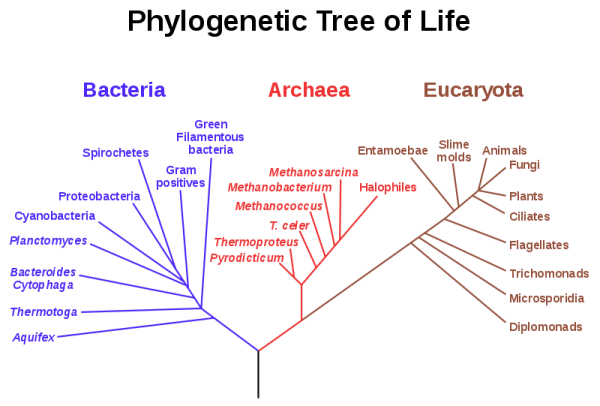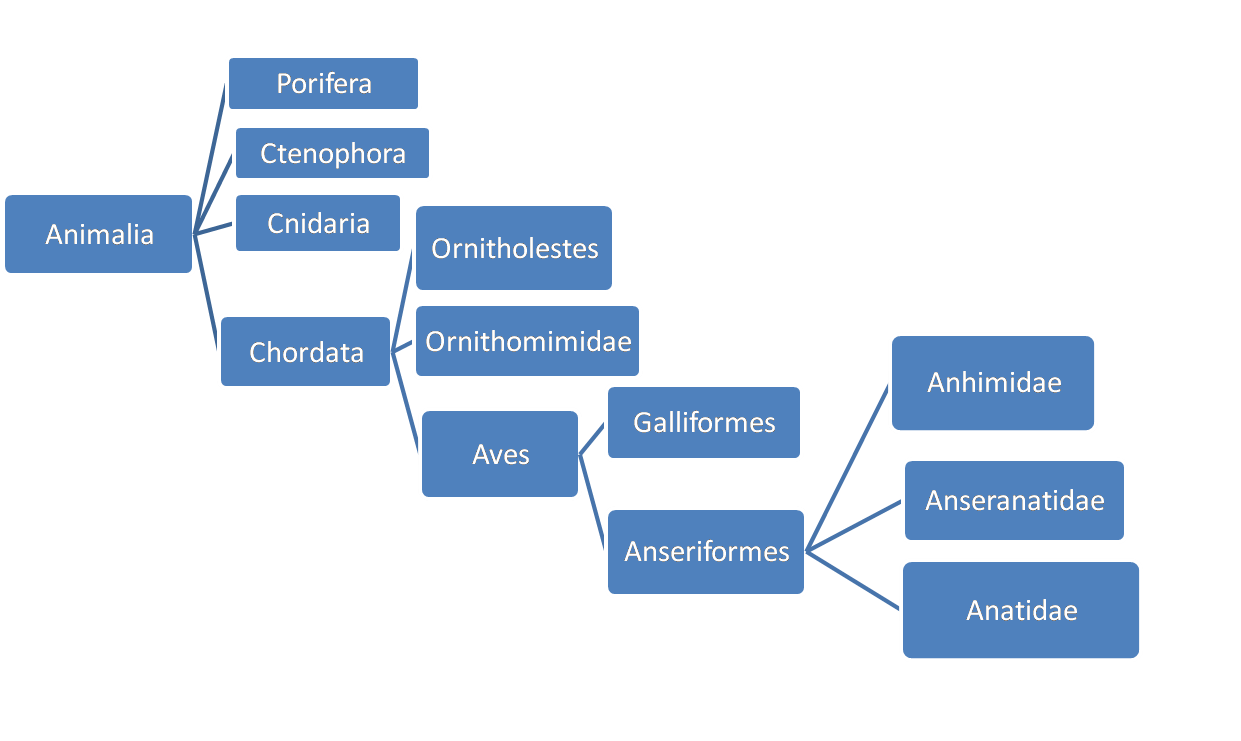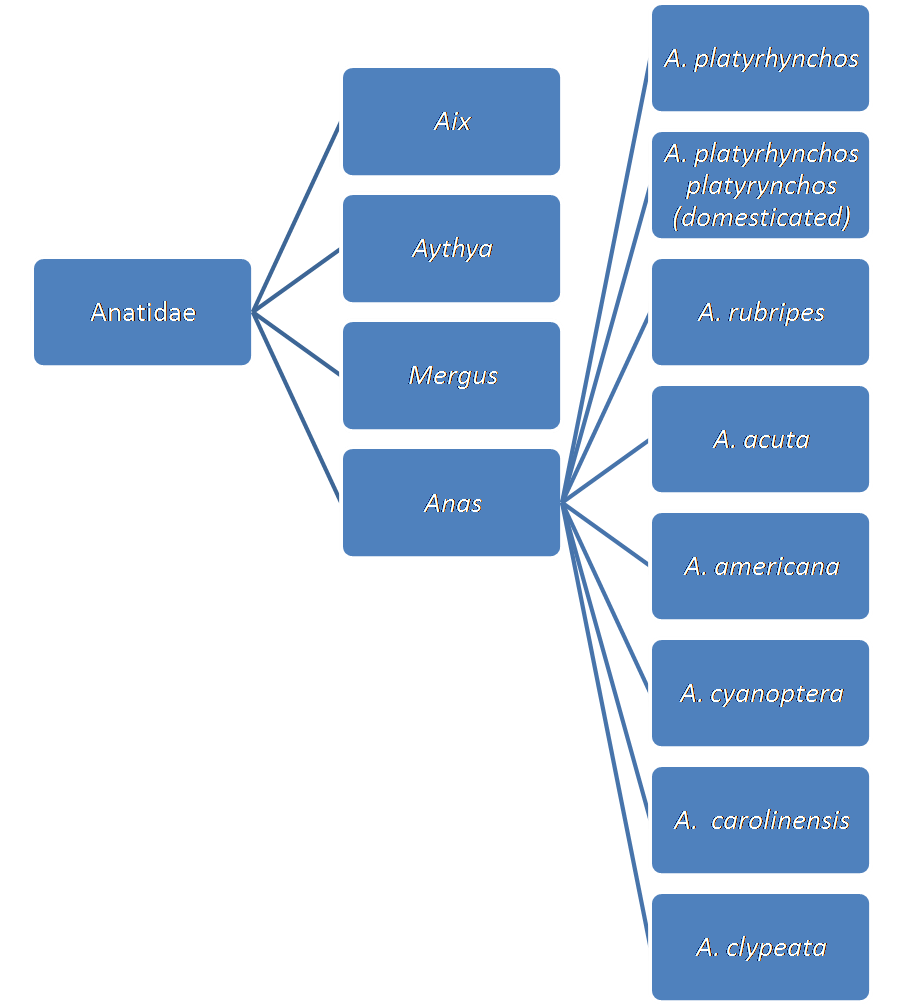Classification: What does it all mean?
 Domain: Eukarya - All
members have cell(s) which posses a nucleus and membrane bound
organelles
Domain: Eukarya - All
members have cell(s) which posses a nucleus and membrane bound
organelles
Kingdom: Animalia
- Members of this group do not posses cells
with cell walls, they are heterotrophic (they feed on other
things for nutrient uptake), they are motile at some stage in
their life cycle, and are multi-cellular.
Phylum: Chordata
- Members have a skeletal rod (notochord),
endostyle (thyroid gland), pharyngeal pouches at some stage, and
a post-anal tail.
Class: Aves
- All members are winged, bipedal (two
feet), reproduce sexually with internal fertilization and lay
amniotic eggs.

Order: Anseriformes
- Members of this group have feet that are
either partially or entirely webbed, and live in or very near
aquatic environments. Animals within this group include ducks,
geese, swans, and relatives (screamers and magpie goose).
Family: Anatidae
- Members of this group have fully webbed feet
and are particularly good swimmers due to this and special oils found in
the feathers that repel water. The animals in this family tend
to have a flattened bill that contain lamellae.
Genus: Anas - Members of this group are the dabbling
ducks or surface-feeding ducks. These ducks have well defined
lamellae which aid in filter-feeding when they dip their heads
underwater to obtain food in muddy or debris-filled water.
Species: platyrhynchos
- One of the most recognizable waterfowl in
the world, the Mallard. Both male and female have a distinctive
blue speculum on both wings, bright orange feet, and yellow
bills. The male has the very distinctive iridescent green
feathers on its head, and a narrow white collar band.

The second phylogenetic tree is based on morphological features
seen in animals that are sorted into those categories. The third
tree is based in part on morphological features, but also on
similarities in DNA. The final column that includes the
Mallard are all members that will produce fertile
offspring if mated with the Mallard.
Home
Next